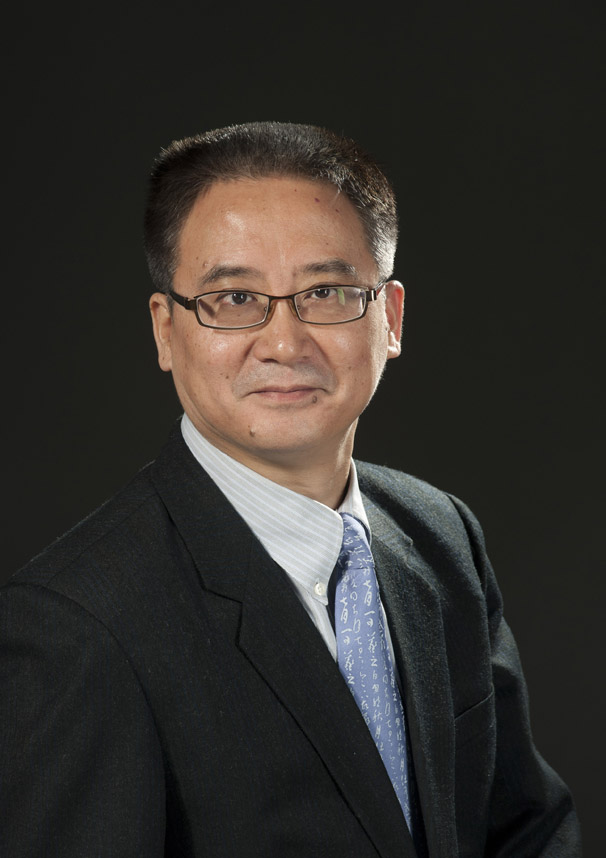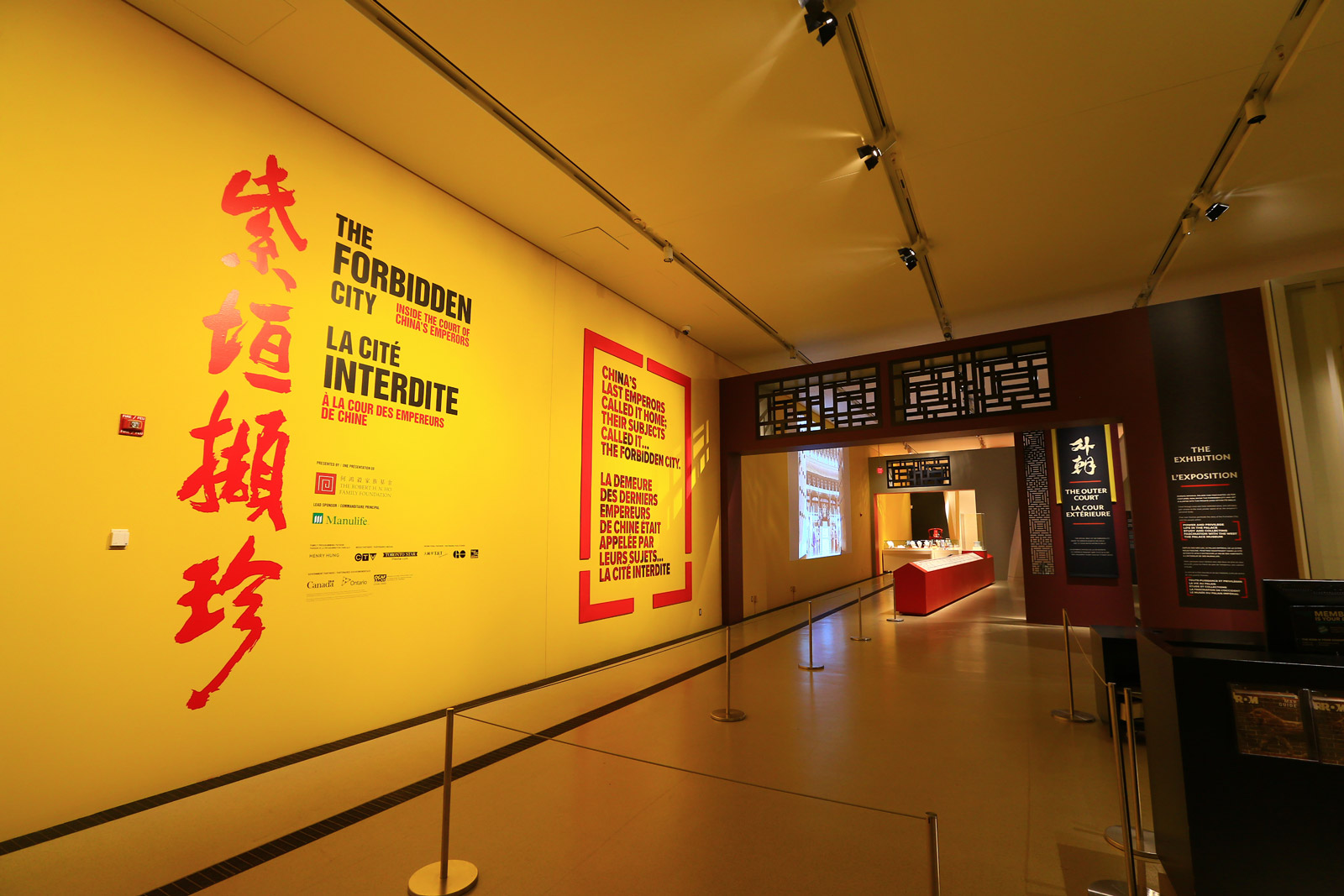Resources
Forbidden City: Inside the Court of China’s Emperors
Shen Chen, Senior Curator of Chinese Art and Archaeology and Vice President World Cultures, Royal Ontario Museum
This spring, The Robert H. N. Ho Family Foundation is supporting The Forbidden City: Inside the Court of China’s Emperors exhibition at the Royal Ontario Museum (ROM). Support of the exhibition reflects the Foundation’s mission to advance appreciation of Chinese art and culture and foster cross-cultural understanding between China and the world. This is the second time that the Foundation and ROM have collaborated. The first was for the hugely popular Terracotta Army exhibition in 2010. Dr. Shen Chen, who leads the World Cultures Department of ROM, is key to the two organisations’ successful collaborations. Shen has contributed much to the Museum’s many outstanding exhibitions in the past decade.

Dr. Shen Chen. Courtesy of the Royal Ontario Museum
I joined the ROM in 1997 and am now the Vice President World Cultures and Senior Curator of Chinese Art and Archaeology. My journey in archaeology began in 1984, as a student at Wuhan University. In my final year of study, I attended a special programme taught by foreign scholars at Northeast Normal University (NENU), Changchun to learn Western research methods. Learning about the alternative methods and approaches for archaeological research was an eye-opening experience; the course inspired me to further my study abroad. Through connections that the foreign teachers at NENU provided, I pursued my master’s degree at the University of Tulsa, in Oklahoma in the United States and, subsequently, my Ph.D. at the University of Toronto (U of T). During my doctoral studies, I visited the ROM often to pursue my interest in Chinese archaeology, and I often thought that working at the Museum would be a dream job for me.
Indeed, the past 17 years working at the ROM have been like a dream-come-true for me. I have successfully curated two major exhibitions from China, including Treasures from a Lost Civilization: Ancient Chinese Art from Sichuan in 2002 and The Warrior Emperor and China’s Terracotta Army in 2010. Sanxingdui in Sichuan and the Terracotta Army are the most important excavations for the period before the Han Dynasty. As an archaeologist with a research focus on early Chinese history, I am very honoured to have had the opportunity to help bring these exhibitions to Toronto.
The current exhibition, The Forbidden City: Inside the Court of China’s Emperors, is surely another spectacular moment in my curatorship. To assemble this exhibition, I have travelled to China six times and attended long meetings to select, negotiate and examine the roughly 250 artifacts for the exhibition. In the past couple of years, I have devoted 70 percent of my time to preparation of the exhibition. Because the exhibition was not in the field of my training, I spent a lot of time studying the artworks and the cultural history of the Ming and Qing dynasties. The most challenging part of the preparation was designing the exhibition without seeing the actual artifacts. Since the collections are national treasures of China, we could see the artifacts only once or twice at the Palace Museum while our designers had no opportunities to see them at all. You can imagine that a lot of hard work was required in the last few weeks before the opening of the exhibition, making adjustments and fine-tuning once the artifacts were installed.
The Forbidden City exhibition is made possible by the generous support of the Robert H. N. Ho Family Foundation, building upon the success of its sponsorship of the Terracotta Army exhibition four years ago. I am thankful to have been involved in both meaningful programmes, where I got to experience the most fun part of exhibition planning – seeing the unseen artifacts and bringing to Canada the objects that had never before been displayed outside China.

The Forbidden City: Inside the Court of China’s Emperors
In addition to my position at the ROM, I am now teaching at U of T in both the Anthropology and the Eastern Asian Study departments. I am also an Academic Trustee member at the Archaeological Institute of America. It has been very hard to balance all these duties, and I often have to switch my priority between research and management. After two major exhibitions in five years, I need to take a break from exhibition planning and let our young curators do more. I will spend more time on my research related to archaeological fieldwork, which has always been my passion.
As for the ROM, we will exert much effort to make the hidden and unknown collections we have brought to Canada–not only the Chinese collection, but all the world cultures–accessible to our visitors. This is because the ROM is not just a gallery of Chinese and Asian arts; it is a museum of natural history and world cultures. Our exhibitions should show the audience the culture and history of different regions around the globe. Nevertheless, since our Chinese collection has gained so much fame and popularity over the years, we will continue to seek opportunities to present exhibitions on Chinese arts and culture in the future.